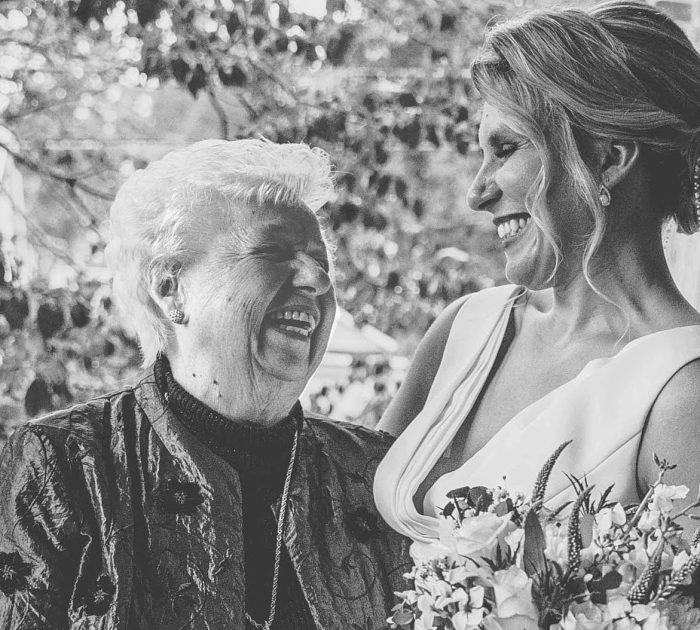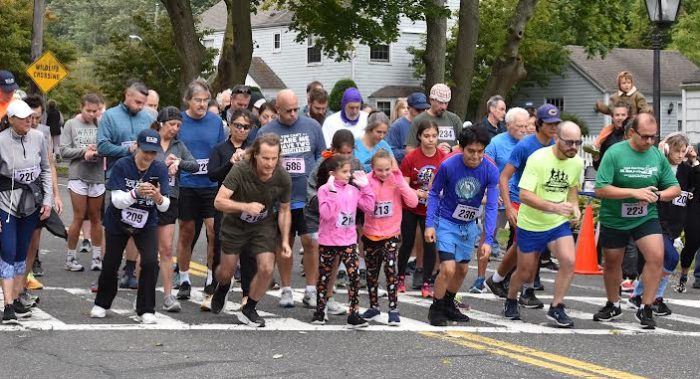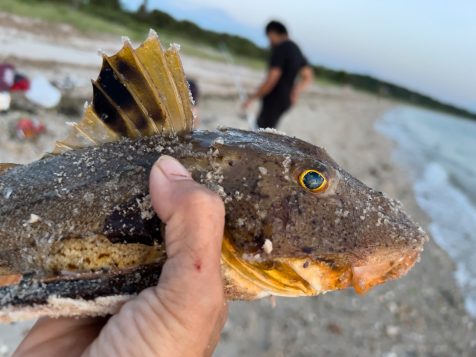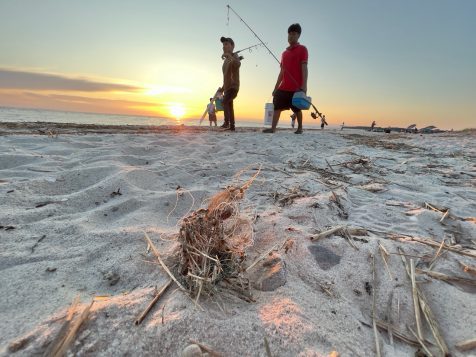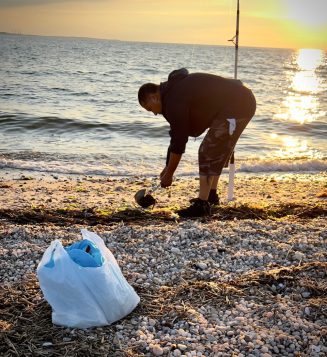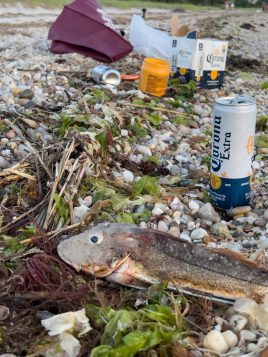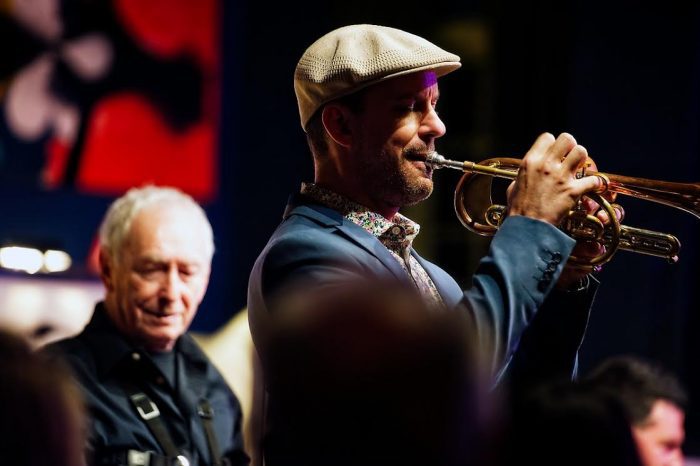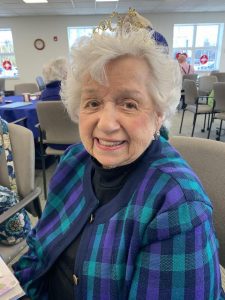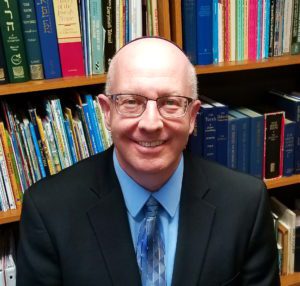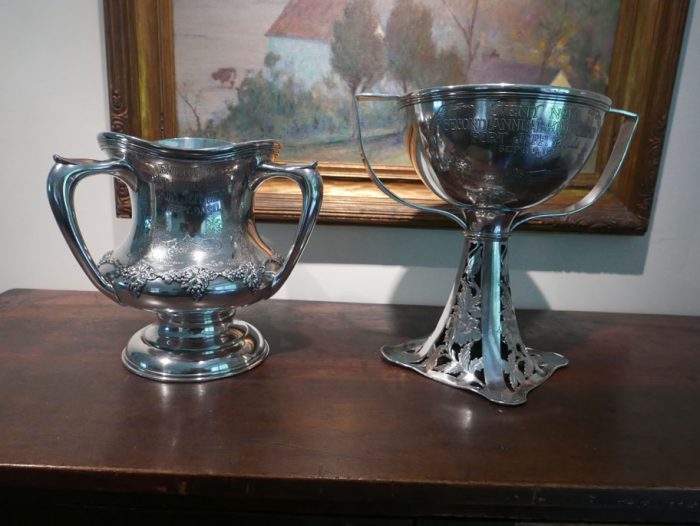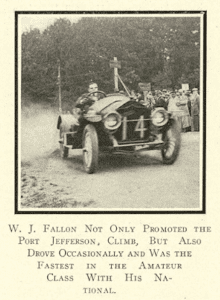By Stephanie Giunta
There is no sound when a heart breaks. You can hear glass shatter when it falls to the floor. The crash of two cars colliding. The scream of someone in pain. But the heart can break into a million little pieces, and no one can hear. An orchestra of one; a violin with no strings.
That is how I felt when I lost my Grandma this September. I had front row seats to a symphony of sadness.
You see, an adult relationship with a grandparent transcends all things. It is metaphorically magical in a way that you can’t quite put your finger on. Though generations apart, you are both learning from and guiding one another down different paths, writing new chapters while rereading the old.

Her wit and witticism preceded her. Her sharp remarks, sarcasm, and sing-song responses are the tiny characteristics of her personality that have taken up permanent real estate in my brain.
She endured much — cancer, twice — and never once complained. I, on the other hand, will miss complaining to her and getting a stern “Stephanie” accompanied with an eye roll and a slap on the wrist.
Grandma was not one who loved the limelight. But I saw a sparkle in her eye like no other on her 90th birthday when I accompanied her to the Rose Caraccappa Center in Mount Sinai for her Tuesday senior club meeting back in February. Her fluffy white hair and pink lipstick were perfectly complemented by the tiara she donned, and I can’t think of a moment in my lifetime where I felt prouder to be her granddaughter than that very day.
My memories of her as a child were wonderful, but somewhere along our journey, we turned a corner in our relationship. We became more like girlfriends, and in many ways, she was my second mother. I ran to her for advice; with my worries; my happiness; my drama. She didn’t know all of the answers, but she sure knew how to listen. Sitting with her while nursing a cup of coffee at the kitchen table was nothing less than therapeutic.

She was there for all of my major milestones: birthdays, graduations, engagement, marriage, and the birth of my daughter, who carries her namesake. Their relationship was truly one-of-a-kind. She called her “My Baby” and each morning, promptly at or around 6:00 a.m., I would text her with a new photo or video from the day before. This became our daily ritual for almost two years without fail.
Towards the end, I watched Grandma morph into the final version of herself. I shed many tears knowing that her days were numbered as I began asking myself how I was going to find the strength to move on without one of my best friends; my texting buddy; my chit chatter; the one who I’d split a roast beef with relish on rye with.
During one of our last conversations, I told her, “You know how much I love you, right?” to which she replied with a breathless, yet sassy and adamant, “YES!” She then asked me to brush her hair — something she did for me as a little girl. Our stories had shifted, and our roles had reversed.
As she slept, I memorized her. I studied the curve of her face, the up and down of her chest. The silvery white of her hair that curled on the ends. The skin tag on her forehead — the exact same one that I had inherited. The fine lines on her cheeks, which were the product of a long and fruitful life.
Still, with the platinum hoops in her ears and smiley face slippers afoot, she was Grandma. And she carried with her a cornucopia of memories and conversations, laughter and tears. I kissed her forehead, squeezed her hand, and told her how much I loved her every day until I didn’t see her again.

More than anything, I will miss the little things — like every Christmas season, hearing that my molasses cookies don’t look as good as hers; watching her cradle my child; calling her every time The Wedding Date is on television; shimmying the flower pot over on my front porch, so she could get up the steps and into my house; her telling my husband that he needed to put a sign on our basement door to distinguish it from the bathroom.
When you lose someone this special, especially as an adult, no amount of time you spent together will ever be enough. For 33 years, I was lucky enough to have this pillar of strength by my side. Now, the only difference is that she’ll be looking down on me from above.
Rest in peace, Josephine M. Eichner
February 7, 1933 — September 26, 2023

